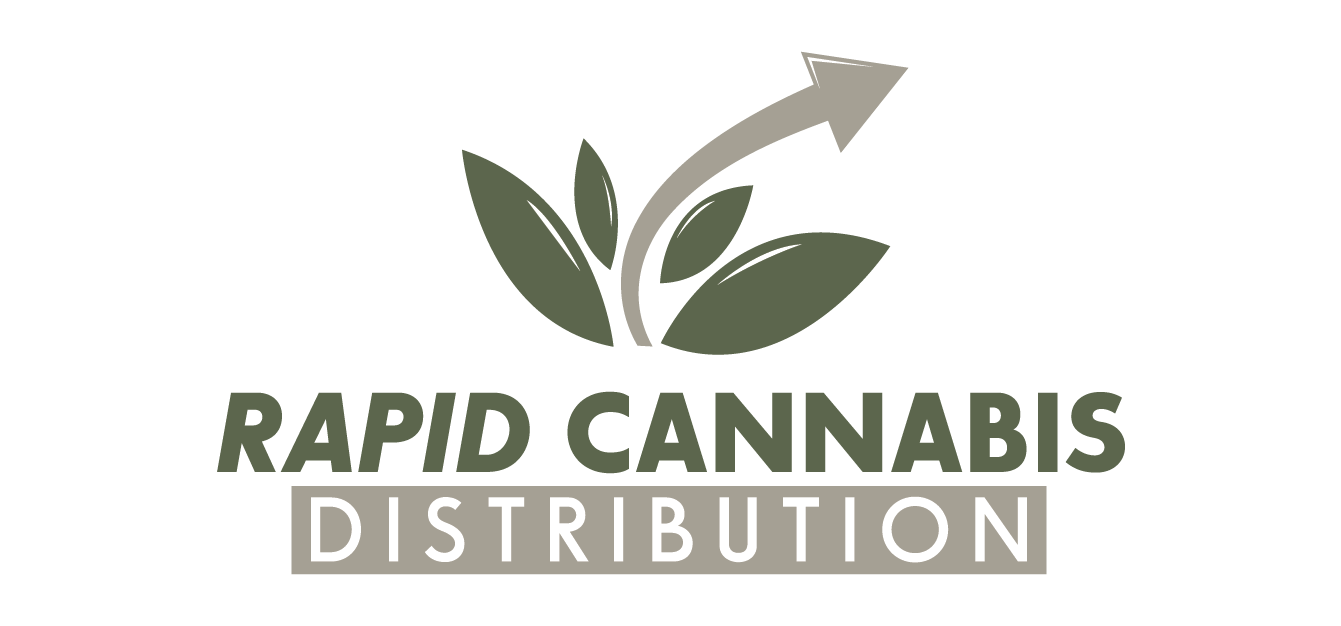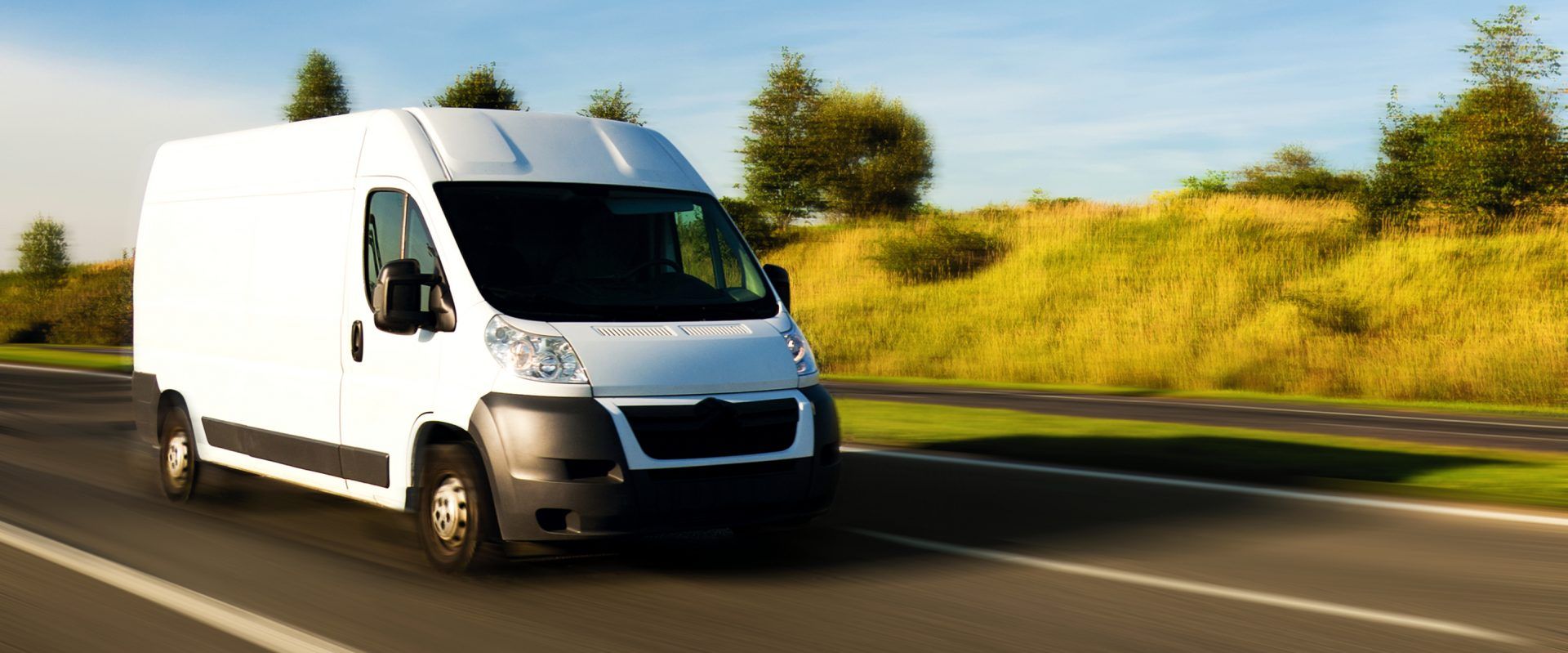In recent years, the cannabis industry has seen rapid growth—not only in urban centers but also in rural regions. However, distributing cannabis products in these two settings presents very different operational challenges. We’ll explore how rural and urban distribution compare, whether rural deliveries experience longer delays, and what each environment demands from logistics coordinators.
Geographic Distances & Transit Times
One of the most significant differences lies in physical distance. In rural areas, dispensaries or distribution hubs can be separated by tens or even hundreds of miles of winding two‑lane roads, with poor GPS coverage and limited infrastructure. Deliveries must be carefully scheduled to accommodate longer routes and potential delays caused by road conditions or limited cell connectivity. In contrast, urban cannabis distribution benefits from close clusters of dispensaries and dense road networks, enabling multiple drop‑offs per delivery circuit with fewer distance‑related delays.
Vehicle & Equipment Demands
Rural settings require sturdier transportation—vehicles capable of handling uneven terrain and adverse weather. In some cases, refrigerated vans are needed to ensure product integrity during longer trips, especially for temperature‑sensitive items like live resin or cold‑pressed edibles. Urban routes, while possibly involving frequent stop‑and‑go traffic, usually rely on standard cargo vans and are less exposed to harsh environments.
Infrastructure & Access
Rural regions tend to lack the dense network of licensed carriers available to urban distributors. That means coordinators may rely on smaller fleets or independent operators—and must negotiate compliance with differing local regulations. In urban areas, a competitive carrier market provides flexibility and redundancy, though navigating traffic congestion and restricted delivery zones can add complexity.
Regulatory Complexity
Rural jurisdictions may have fewer layers of licensing agencies (e.g., county-level regulators), but those agencies might not have cannabis‑specific experience, leading to unclear or inconsistent enforcement. Urban distribution often means complying with multiple jurisdictions—city, county, zoning, parking rules—and working with experienced inspectors. Coordinators must tailor packaging, labeling, and delivery documentation precisely for each area.
Operational Delays & Buffer Times
Because rural deliveries involve longer routes and less frequent service windows, dispatchers must build in extra buffer time and contingency plans. Rural deliveries are more susceptible to weather disruption, poor mobile connectivity, and even wildlife hazards. Urban delivery delays, by contrast, often stem from parking violations, traffic jams, or pedestrian zones—but are mitigated by proximity to dispensaries and robust delivery infrastructure.
Safety & Security
Security protocols differ by region. Rural couriers may traverse isolated roads, increasing vulnerability to accidents or theft; in such cases, risk management is essential. Urban couriers might face theft risks during stops in high‑foot‑traffic areas or along crime‑prone routes. Coordinators must assess both and adjust dispatch times, vehicle routing, and onboard security accordingly.
Cost & Scale
Cost per delivery in rural areas is higher due to extended mileage, vehicle wear, insurance premiums, and lower delivery frequency. Urban distribution capitalizes on scale—more deliveries per mile and lower unit cost. However, urban logistics also contend with high labor costs, permit fees, congestion pricing, and parking expenses.
Talent & Workforce
Rural areas often lack qualified drivers familiar with cannabis regulations and secure handling procedures. Training may require traveling staff from urban areas or hiring locally and arranging remote instruction. Urban regions supply more trained personnel—but competition is strong, and driver retention can be a challenge.
Summary – Key Differences Between Rural and Urban Cannabis Distribution:
- Distance & Transit:
- Rural: Long routes, limited infrastructure
- Urban: Short routes, dense traffic
- Vehicles:
- Rural: Off-road capable or refrigerated vans may be needed
- Urban: Standard delivery vans suffice
- Delivery Frequency:
- Rural: Infrequent with buffer times
- Urban: Frequent, rapid turnover
- Security:
- Rural: Isolation risks (accidents, theft)
- Urban: High-density theft risk during stops
- Cost:
- Rural: Higher per delivery due to fuel, time, and vehicle strain
- Urban: Lower per delivery but higher overhead costs
- Workforce:
- Rural: Limited availability, training gaps
- Urban: Greater access to trained labor but retention challenges
Despite longer delays in rural distribution, modern logistics technology—live tracking, optimized routing, dynamic dispatch—can help manage efficiency and maintain compliance. Urban operations benefit from infrastructure but face dense regulatory and traffic challenges.
In both settings, understanding the unique geography, regulatory environment, and operational constraints is vital. Companies that invest in specialized vehicles, flexible routing systems, and tailored training protocols can succeed—regardless of zip code.

